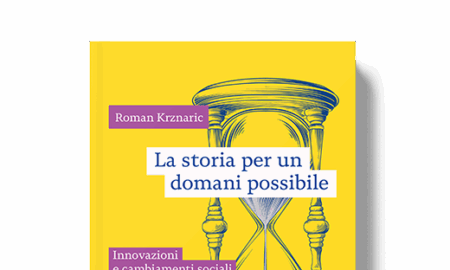This is the circular economy, which within a few years has gone from theoretical formulation to practical application in a multitude of sectors, becoming the foundation for development in many countries. For obvious reasons: today, it is an essential part of the most effective paths to reducing material consumption and greenhouse gas emissions, and it can make a decisive contribution to achieving decarbonisation targets.
The new, updated and expanded edition of What Is the Circular Economy traces the genesis of concepts and practices of the transition to circularity, and describes the characteristics of the new economic model, pointing out its centrality in the ecological transition and in the European Green Deal. To do so, it draws on the experiences described in Materia Rinnovabile / Renewable Matter, the first international magazine focusing on the circular economy, and it adopts a truly global perspective, intersecting the United States, China and Europe. In the book, the stories of the key players alternate with those of innovations in production processes and business models, with a constant focus on social justice and equity.
Finally, a realistic path is provided to turn businesses and entrepreneurial activities into circular enterprises and to allow them to be successful while reducing their impact on the planet.



